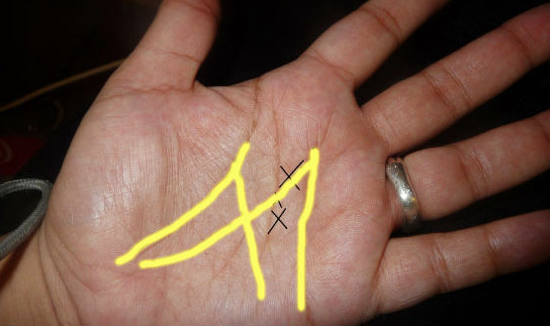They Found 850 Year Old Seeds And Decided To Plant Them. What Grew Is An Unexpected Surprise!

Every now and then news accounts carry a story about how some plant, insect, and animal is dying out and fast becoming endangered or extinct. There are never any positive stories about how some previously extinct plant has been re-born or brought back into existence, until now.
This seemingly unbelievable tale first began a few years back, in 2008, when a group of archaeologists were conducting a dig on First Nations (Native) land in Wisconsin. During the course of the dig they came across a small clay ball, no larger than a tennis ball, which had been used to store a few handfuls of seeds.
Those seeds were carbon dated back to 850 years ago and identified as “Gete-okosomin,” a type of squash that had not been grown, eaten, or seen by anyone for hundreds of years. The ancient seeds were given to a Native group, who in turn dispersed them to several groups and individuals, all whose goal was to bring them back to fruition.
Eventually the Canadian Mennonite University came to possess some of the heirloom seeds and they gave them to a group of students in Winnipeg, Canada, who were studying and learning about healthy foods. The students planted the seeds in the school garden and tended to them as the plants grew and matured.
By the end of the semester the once extinct squash plants had yielded quite a few orange and yellow streaked, large, tasty squashes. To celebrate their successful growing season and harvest, the students decided to host an end of semester feast. The menu was full of all the healthy foods they had learned about and, above all else, it featured the extremely rare and ancient squash.
Finally, a story about how something that was once extinct was successfully brought back into existence without any modifications or bio-genetic type of alteration. This simple, positive story is just what the world needs this time of year.
As people all over America are about to gather for Thanksgiving and dig into a feast of delicious foods, that likely includes some type of squash, they should remember what the day and coming together is all about. Brian Etkin, the Coordinator of the Garden of Learning in Winnipeg, summed it up best when he said that “this squash is representative of a tribe of a large community and everybody in that community having a place and food being a right of citizenship.” I couldn’t agree more.
Don’t forget to check out the video to see what the 850 year old veggies look like and to learn more about them.
Please Share This Incredible Story With Family and Friends
When He Looked Down and Saw This Snake He Noticed Something Very Strange. Can You See It?

A wildlife amateur photographer, Sjoerd van Berge Henegouwen, 48, was on vacation traveling in Masai Mara in Kenya. He could sight of what he thought was a 20 inch snake on the side of the road, and was able to snap some pictures and video of it before it slithered back into the grasses.
After looking at his pictures carefully, the curious wildlife adventurer, did some research on the images he had captured. Upon looking more closely at what he thought was a snake, he picked up on details that could only belong to a lizard.
This reptile had four tiny legs and a notched tongue that you will see in the following video. These characteristics differentiated the creature as a lizard rather than a snake. This reclusive skink lizard was thought to be extinct!
The Dutch photographer couldn’t find pictures to compare it to, so he decided to post it on Facebook. He was inundated with requests from wildlife experts who verified that, he had in fact, found the first living specimen in many many years, of a Western Serpentiform skink that had long been thought to be extinct.
This amazing and rare find is fascinating to view in the following footage. Please let us know what you think of this very important find of this really strange creature. I know I’ve never seen anything like this, have you?
Please SHARE with your friends and family




